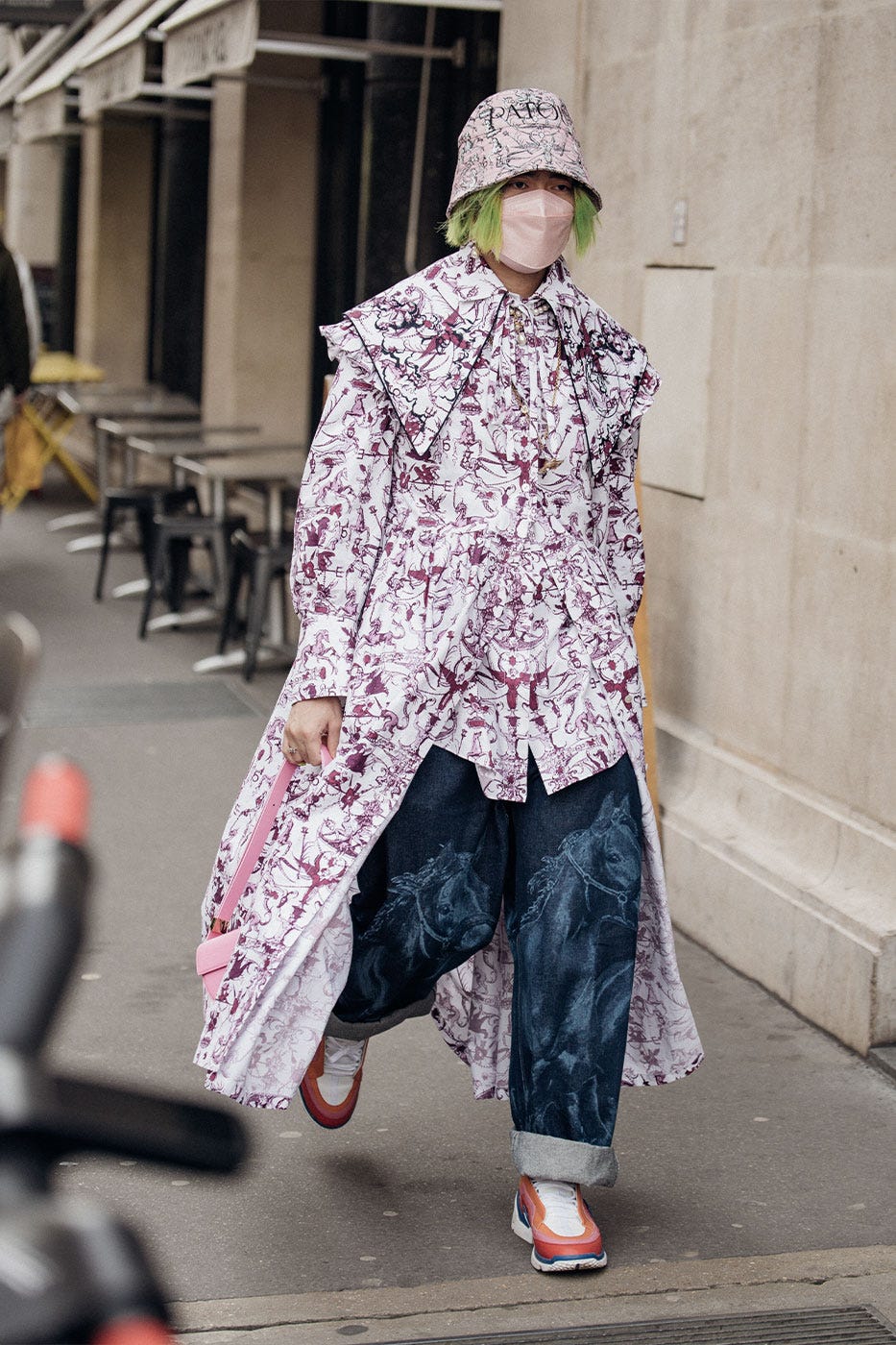Using Art To Avoid Sanctions & A Failed $70M NFT Game
Russian oligarchs may be using the UK's art market to avoid sanctions, and the meme-worthy failure of Pixelmon
Cultured is a newsletter that gets readers up to speed on the most interesting things going on at the intersection of finance, art, collectibles, NFTs, and more. Cultured is produced by by Otis, Public.com’s alternative assets team.
Love Cultured? Spread the word and share this newsletter with a friend!
🗞 STORIES OF THE DAY
Russia’s oligarchs are using the UK’s art market to avoid sanctions
On Thursday, the UK announced new sanctions against several wealthy Russians, effectively freezing their assets. Among them was Roman Abramovich, the billionaire owner of Chelsea FC and one of the world’s most prolific art collectors.
Putin supporters could skirt these restrictions by trading art, according to experts. That’s because wealthy collectors can use offshore companies and intermediaries to hide their status as the “beneficial owners” of the works.
Oligarchs close to the Kremlin could also launder money through other collectibles like stamps, wine, and NFTs, which aren’t covered by the UK’s money laundering rules.
Our Take: While auction houses have gotten better at due diligence, they’ve so far resisted taking a proactive role in supporting sanctions against wealthy Russians.
As countries impose sanctions against Russia for its invasion of Ukraine, many brands have followed suit, pausing operations in the country or cutting ties to wealthy Russian investors with links to Putin. However, auction houses have resisted pausing operations or sanctioning Russian buyers, saying they comply with existing due diligence requirements. With the pressure on to take more dramatic moves, it’s unclear what the next step will be for auction houses.
Pixelmon was supposed to be the metaverse’s Pokémon. It turned out to be a meme-worthy failure.
Pixelmon was supposed to bring the aesthetics of Pokémon into the metaverse with a NFT game. Investors poured $70 million into the project, buying character NFTs that were supposed to look amazing. What they got was…not what they were sold.
Promo material for the Pixelmon project showed Lego-like Pokémon-inspired characters. This got investors to shell out up to $9,000 for an NFT. When they were revealed, the characters looked more like something made by a middle schooler on MS Paint.
Buyers were understandably enraged, claiming that Pixelmon made promises it couldn’t keep. Some turned to humor to express their emotions — Kevin, a particularly bad Pixelmon rendering, has been the subject of many memes.
Our Take: Backers of NFT projects are making a speculative bet and they don’t know what they’ll get until it’s delivered.
Similar to backing a project on Kickstarter, collectors who buy into ambitious NFT projects like Pixelmon don’t know what they’ll get. When Pixelmon sold its initial NFTs, it didn’t have an operable game or definitive proof of what the characters would look like. Buyers bought in with the understanding that Pixelmon would hold true to its promise. Speculative investments always carry risks, but not all of them are quite this funny.
✨ AROUND THE INTERNET
Who’s doing NFTs now? Michael Jordan, The Walking Dead, Biggie Smalls (kind of), and Pantone…again. Check out the full list of NFTs by celebs and big brands on Otis Mag.
This guy may not have caught them all, but he sure was caught. A Georgia man is spending 3 years in prison after using his COVID-19 relief money to buy a $57,000 Charizard card.
Illustrator Pierre Le-Tan was a prolific collector who wrote often about the joys of collecting. An English translation of those writings will be released next month.
Paris Fashion Week’s FW22 edition is wrapping up, and the street style was iconic. Check out some of the highlights.




